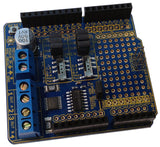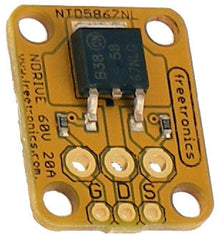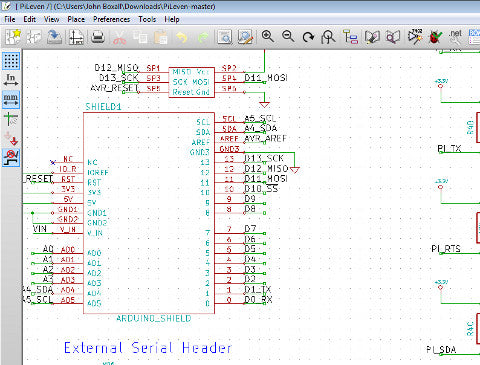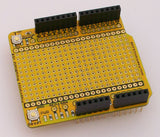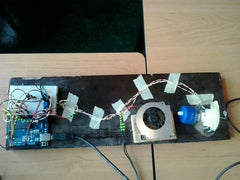And now for something different is the interesting modification of a record player by Instructables member bigsnailasaur. The speed of the player is determine by the pulse of the user, which introduces some interesting interactive music playback - and would make dance tracks more interesting as the user can essentially match the pitch with their feelings at the time.
The conversion is quite simple - output from a pulse sensor is measured by an Arduino, which can then control the DC motor speed using a H-bridge. The project will require some calibration to ensure the sketch can generate the required control output for 33 and 45 RPM - at which point accurate control is possible.

To learn more about this modification to a record player, visit the project's Instructable page. And for more, we're on facebook, Google+, and twitter - so follow us for news and product updates as well.
If you're looking into starting with Arduino and motor control, such as controlling a DC motor (or stepper motor) from your Arduino or compatible, check out our HBRIDGE: DC/stepper motor shield. Based around the powerful Allegro A4954 H-bridge driver IC you can control two DC motors with complete ease, or one bipolar stepper motor. With connections for external power management, a complete beginners' guide and documentation - motor control couldn't be any easier. For more information and to order, visit the HBRIDGE: page.







